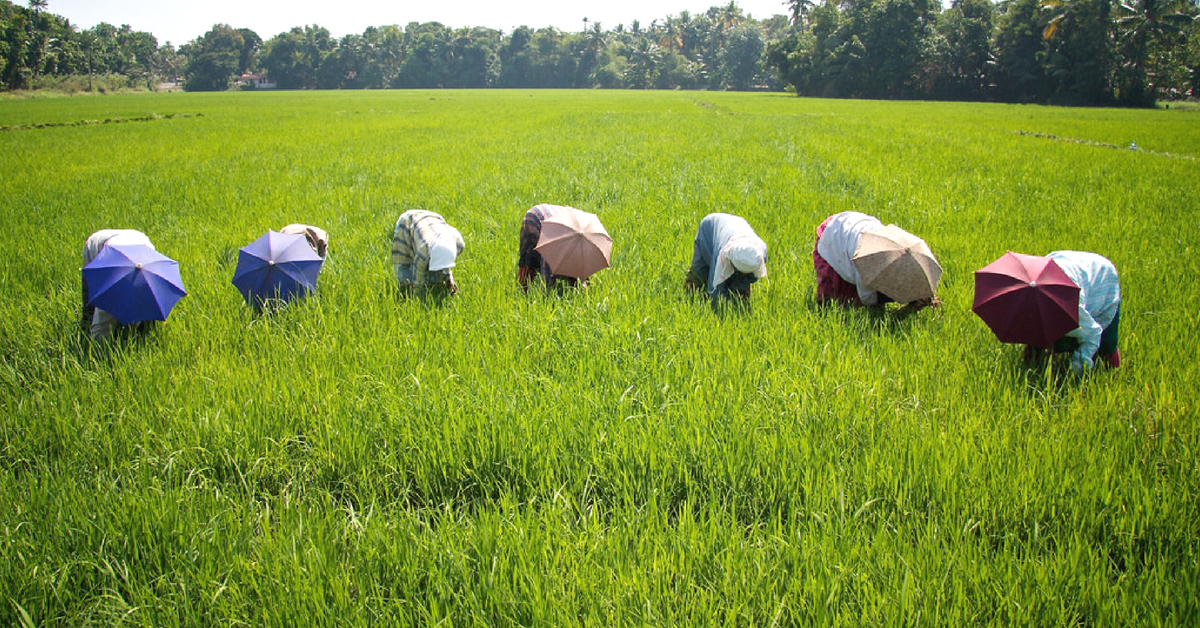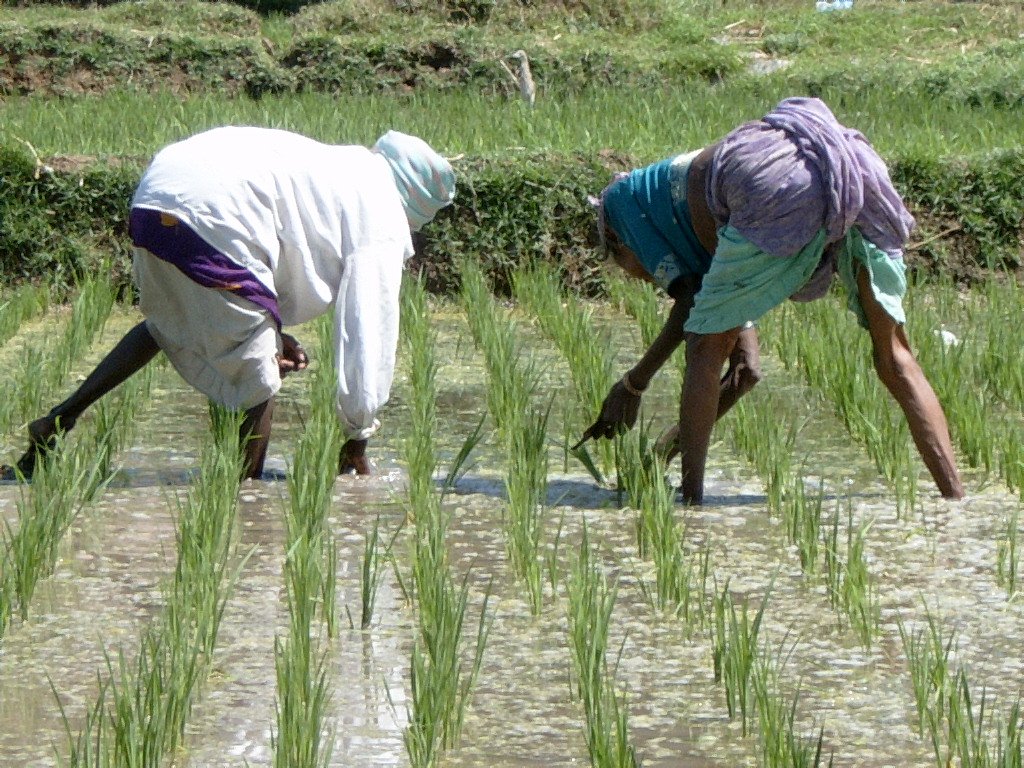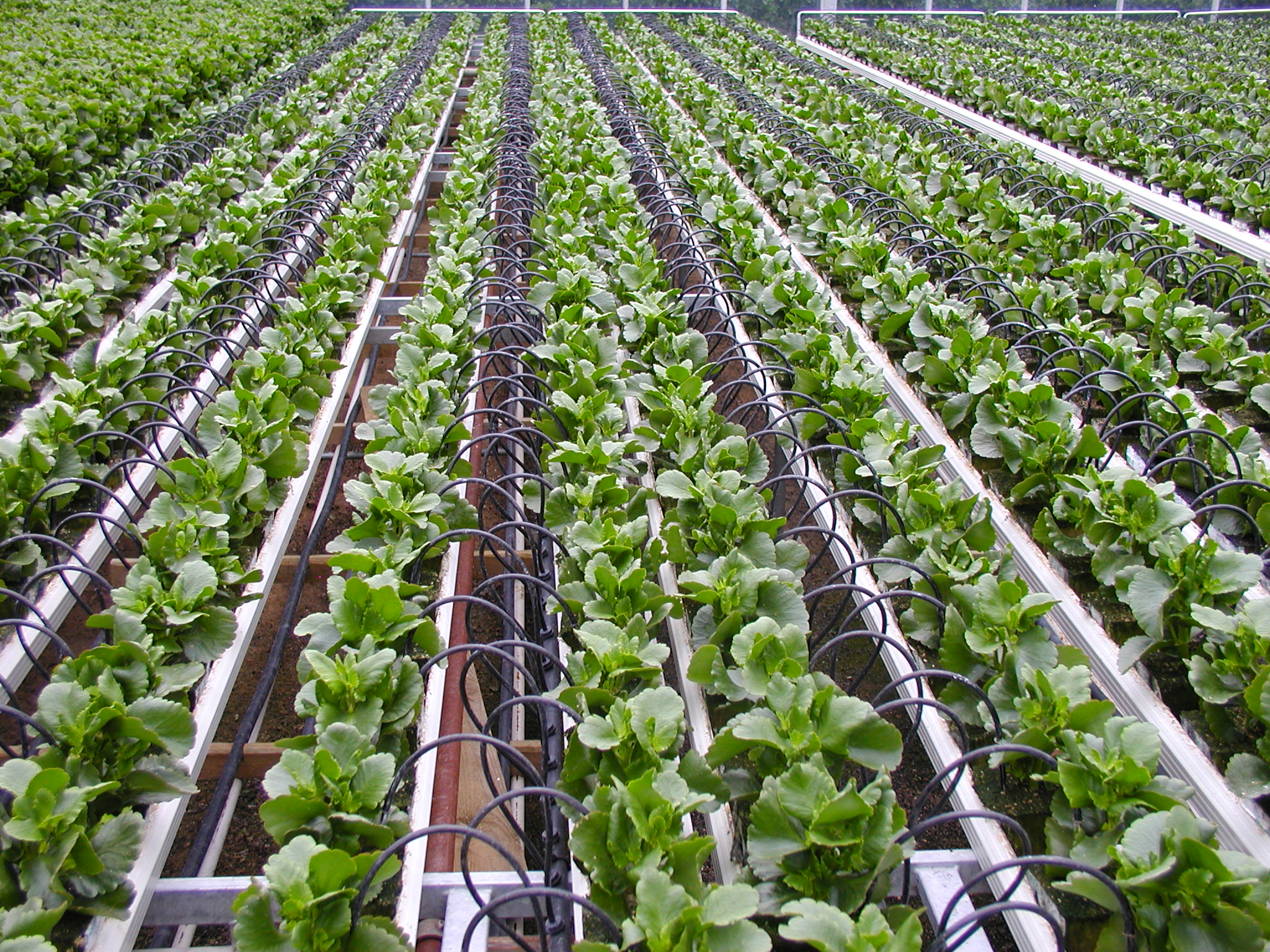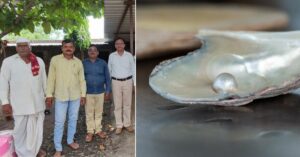This Simple Water-Saving Method Has Increased Rice Yield of TN Farmers 10-Fold!
And it also the reduces the methane footprint of paddy farming, thus helping in tackling global warming!

Parthasarathy, a farmer from Govindapuram village in Tirupur district, Tamil Nadu, won the Innovative Rice Farmer Award in 2015, for his use of drip irrigation in rice cultivation. Under the aegis of Tamil Nadu Agricultural University, Mr Parthasarathy, along with 23 other farmers, successfully managed to grow paddy, maize, and onions. The paddy yield was around 6 tonnes per hectare compared to India’s average of 2.5 tonnes.
Mr Parthasarathy shared, “We experienced a 15-20% improvement in paddy yield, with a water saving of 30-40% through drip irrigation.”
For long, it has been assumed that paddy can only be cultivated using large volumes of stagnant water.
However, these innovative farmers from Tamil Nadu disproved this assumption by using drip irrigation.

Large-scale adoption of this technology can be a potential game-changer for paddy cultivation in the country, given the unpredictability of the monsoon and the poor replenishment rate of groundwater.
India has the world’s largest area under rice cultivation, accounting for 20% of the global white rice production. The crop constitutes 42% of the total food grain output of India. Rice is traditionally cultivated through flood irrigation and consumes 85% of the water used in agriculture.
According to a 2010 UNESCO report, the water footprint (ratio of total volume of water used to the quantity of production) of India’s rice production is 2020 m3 per tonne, compared to the global average of 1,325 m3 per tonne.
With depleting water tables and eight states being declared drought-affected in 2016-17, technologies with water-saving potential are the need of the hour. Drip irrigation can be a potential solution in this regard, even though it is not a conventional practice in rice cultivation.
Using drip irrigation for rice production can provide benefits by reducing both water and methane footprints.
You May Also Like: Dried Leaves of These 3 Indian Trees Can Amplify Grain Yield of Rice!
Drip irrigation delivers water, through pipes, along the rows of crops, directly to the root zone. It has the potential to reduce water consumption by 50% and also increase yield by 25-30%. It keeps the soil saturated with water, eliminating the need for standing water in the field. Studies have indicated that keeping the soil wet may result in equivalent or higher yields than standing water conditions.
Our preliminary analysis for Karnataka indicates that there is a potential to save over four billion cubic metres of water annually, if paddy cultivation completely shifts to drip.

Additionally, the use of methods like System of Rice Intensification (providing adequate space between rice seedlings with minimal water use) and direct-seeding (sowing seeds directly), in combination with drip irrigation, can further improve water-use efficiencies.
Along with reducing water-use, drip irrigation can also reduce the methane footprint. Essentially, stagnant water creates a conducive environment for the formation of methane, a greenhouse gas (GHG). Methane absorbs the heat in the atmosphere and sends some of it back to the earth’s surface, posing a major concern for climate change.
The Inter-governmental Panel on Climate Change has estimated the global emission rate from paddy fields within a range of 20 to 100 trillion grams per annum.
Considering its many benefits, drip irrigation may be the “need of the hour”, but its implementation poses a few critical challenges.
The capital cost of drip irrigation is a major concern. Installing a drip irrigation system can cost between Rs 30,000 to 60,000 per acre. With 86% of Indian farmers being marginal landholders, a majority of them cannot afford this. They are usually reliant on zero-cost technologies or subsidies (90% for drip irrigation in Karnataka) offered by the Centre and State.
However, in most cases, the lack of awareness and understanding of these cost-beneficial schemes add to “last-mile delivery” woes.
Furthermore, there is low-willingness to make the switch. Conventional approaches like flood irrigation have been a practice for years and replacing them with an “unfamiliar” technology like drip irrigation is met with resistance.
Also Read: Meet the Lady Who Has Revived 25 Forgotten Varieties of Rice; Try Some Today!
Various government initiatives like “More crop per drop” and “Har Khet Ko Pani” aim to address the barriers to large-scale adoption of drip irrigation. Also, as pointed out by the Economic Survey 2017-18, sustainable agricultural practices like drip irrigation will assist farmers in minimising susceptibility to climate change. One can hope for change as the government shifts its focus towards enhancing agricultural water-use efficiency. Perhaps, not long from now, rice too will be grown, one drop at a time.
(Written by Aditya Kaundinya, Arjun Shanker, and Murali R Ananthakumar. Edited by Shruti Singhal)
Like this story? Or have something to share? Write to us: [email protected]
Connect with us on Facebook and Twitter.
NEW: Click here to get positive news on WhatsApp!
This story made me
-
97
-
121
-
89
-
167
Tell Us More
We bring stories straight from the heart of India, to inspire millions and create a wave of impact. Our positive movement is growing bigger everyday, and we would love for you to join it.
Please contribute whatever you can, every little penny helps our team in bringing you more stories that support dreams and spread hope.



















